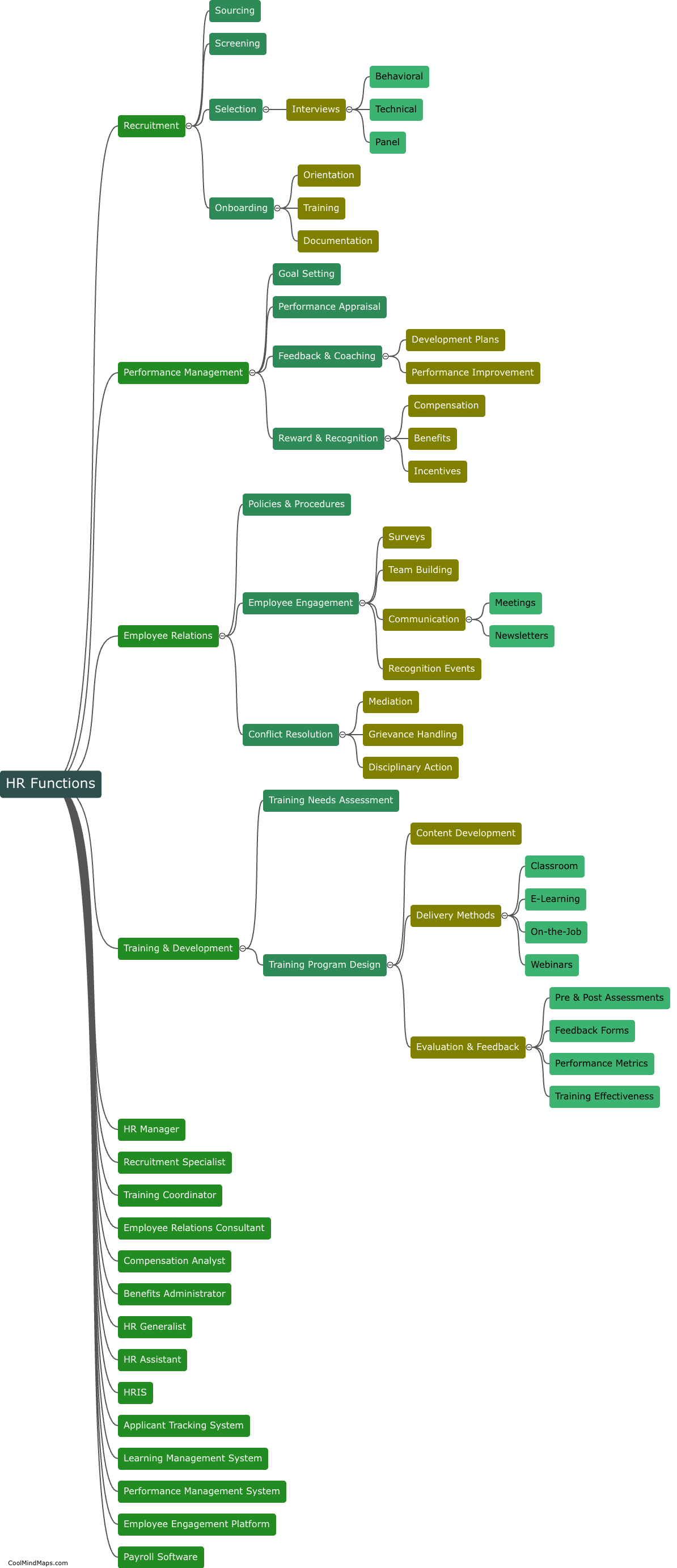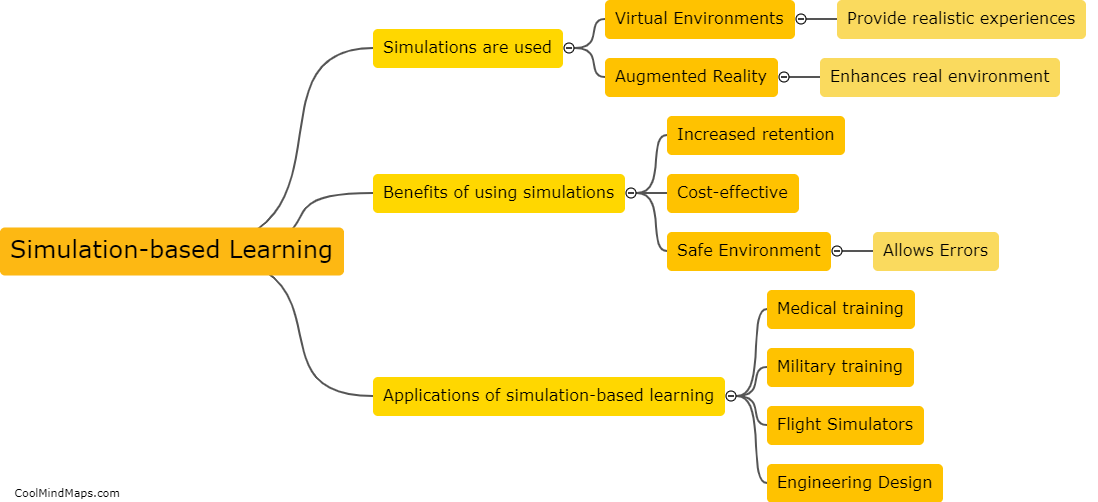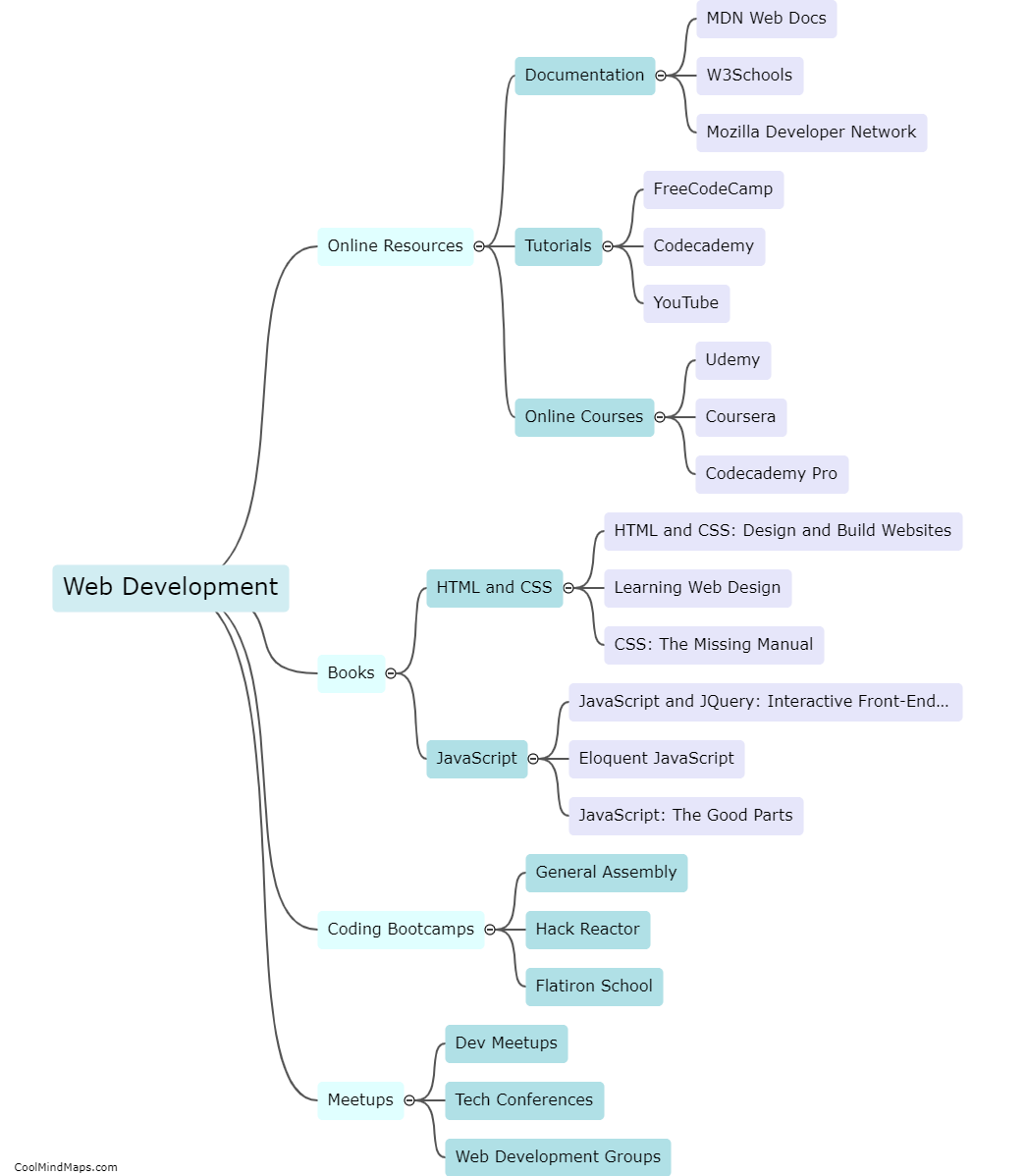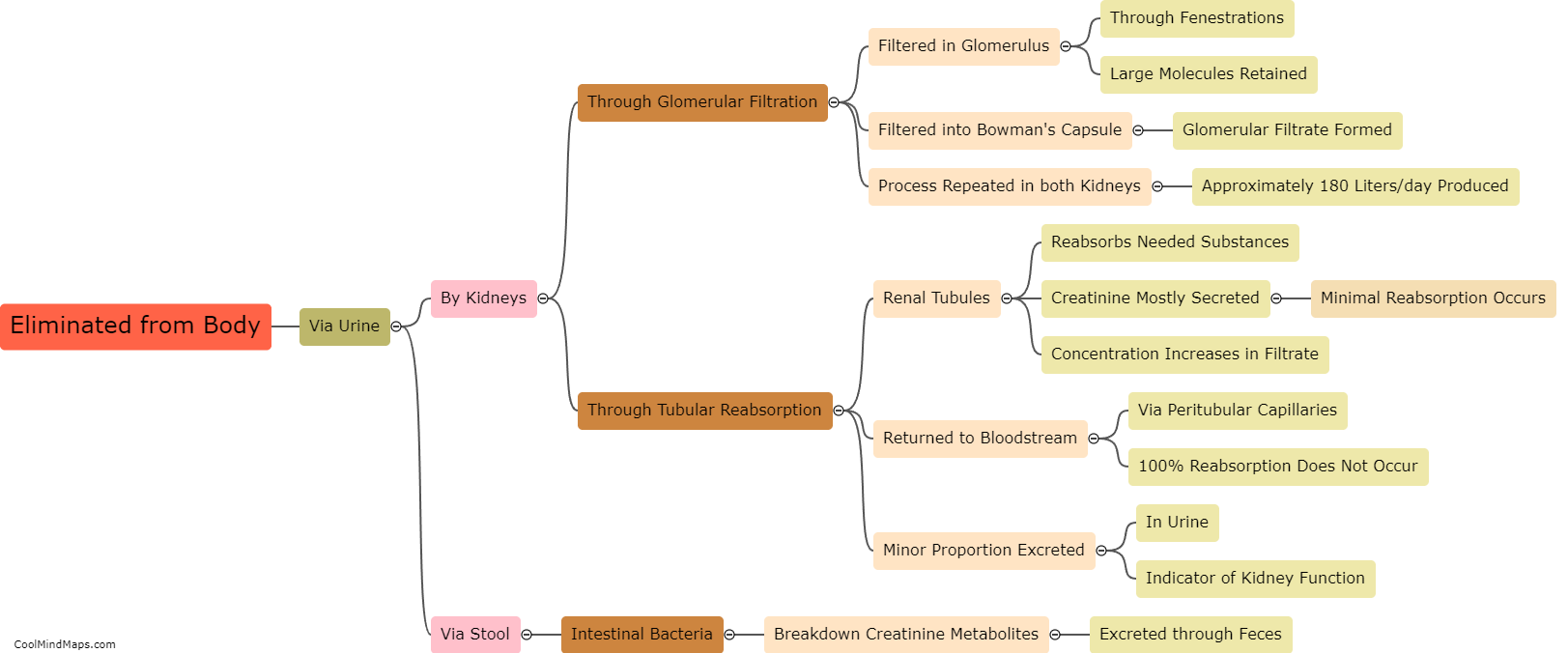What are the limitations of short term load forecasting?
Short term load forecasting plays a crucial role in maintaining the reliability and stability of electrical grids. However, it also has certain limitations that impact its accuracy and efficiency. One limitation relates to the dynamic nature of load patterns and the countless factors that influence electricity consumption. These factors include weather conditions, holidays, events, and even customers' behavioral changes, making short term load forecasting susceptible to uncertainties. Another limitation is the reliance on historical data, which may not adequately capture sudden shifts in load patterns. Moreover, short term load forecasting models may struggle with the challenge of extrapolating from limited data points, as well as incorporating non-linear relationships and complex interactions. Additionally, unexpected events like equipment failures or sudden changes in industrial operations can disrupt the accuracy of short term load forecasting. Consequently, while short term load forecasting is an essential tool for grid management, it is crucial to recognize its limitations and apply complementary methodologies to enhance its effectiveness.
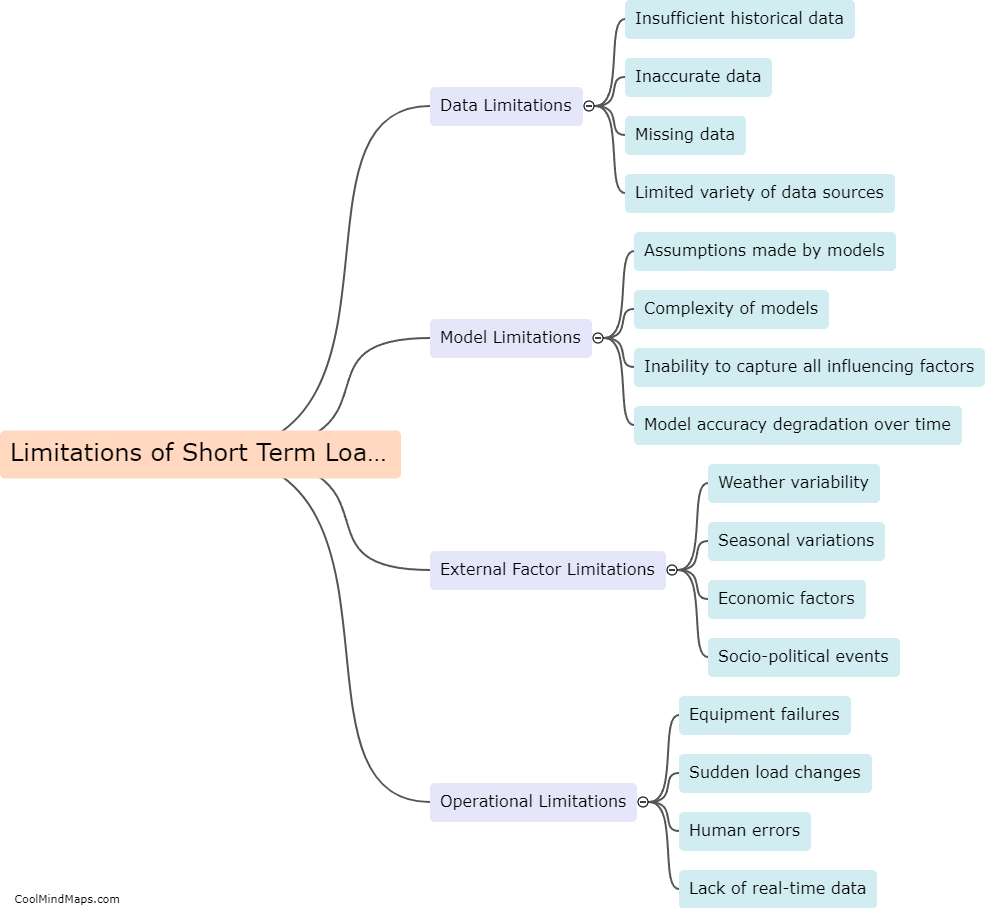
This mind map was published on 17 October 2023 and has been viewed 90 times.
